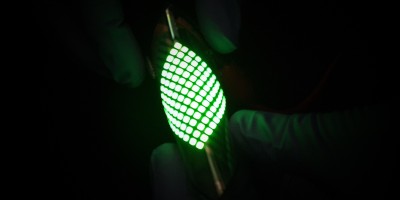Could a mechanical principle familiar from the playground be the key to a new means of computation? Research on tiny gallium arsenide bridges points in that direction.

DAVID C. FORTIN
References
Roukes, M. L. IEEE IEDM Technical Digest 539–542 (2004).
Mahboob, I. & Yamaguchi, H. Nature Nanotech. 3, 275–279 (2008).
Goto, E. Proc. Inst. Radio Eng. 47, 1304–1316 (1959).
Mahboob, I. & Yamaguchi, H. Appl. Phys. Lett. (in the press).
Masmanidis, S. C. et al. Science 317, 780–783 (2007).
Ekinci, K. L. Small 1, 786–797 (2005).
Zalalutdinov, M. K. et al. Appl. Phys. Lett. 88, 143504 (2006).
Author information
Authors and Affiliations
Corresponding authors
Rights and permissions
About this article
Cite this article
Freeman, M., Hiebert, W. Taking another swing at computing. Nature Nanotech 3, 251–252 (2008). https://doi.org/10.1038/nnano.2008.121
Issue Date:
DOI: https://doi.org/10.1038/nnano.2008.121
- Springer Nature Limited
This article is cited by
-
Controllable multichannel acousto-optic modulator and frequency synthesizer enabled by nonlinear MEMS resonator
Scientific Reports (2021)
-
Opto-thermally excited multimode parametric resonance in graphene membranes
Scientific Reports (2018)
-
A multimode electromechanical parametric resonator array
Scientific Reports (2014)
-
Dynamic manipulation of nanomechanical resonators in the high-amplitude regime and non-volatile mechanical memory operation
Nature Nanotechnology (2011)
-
A new twist on a classic experiment
Nature Nanotechnology (2008)


